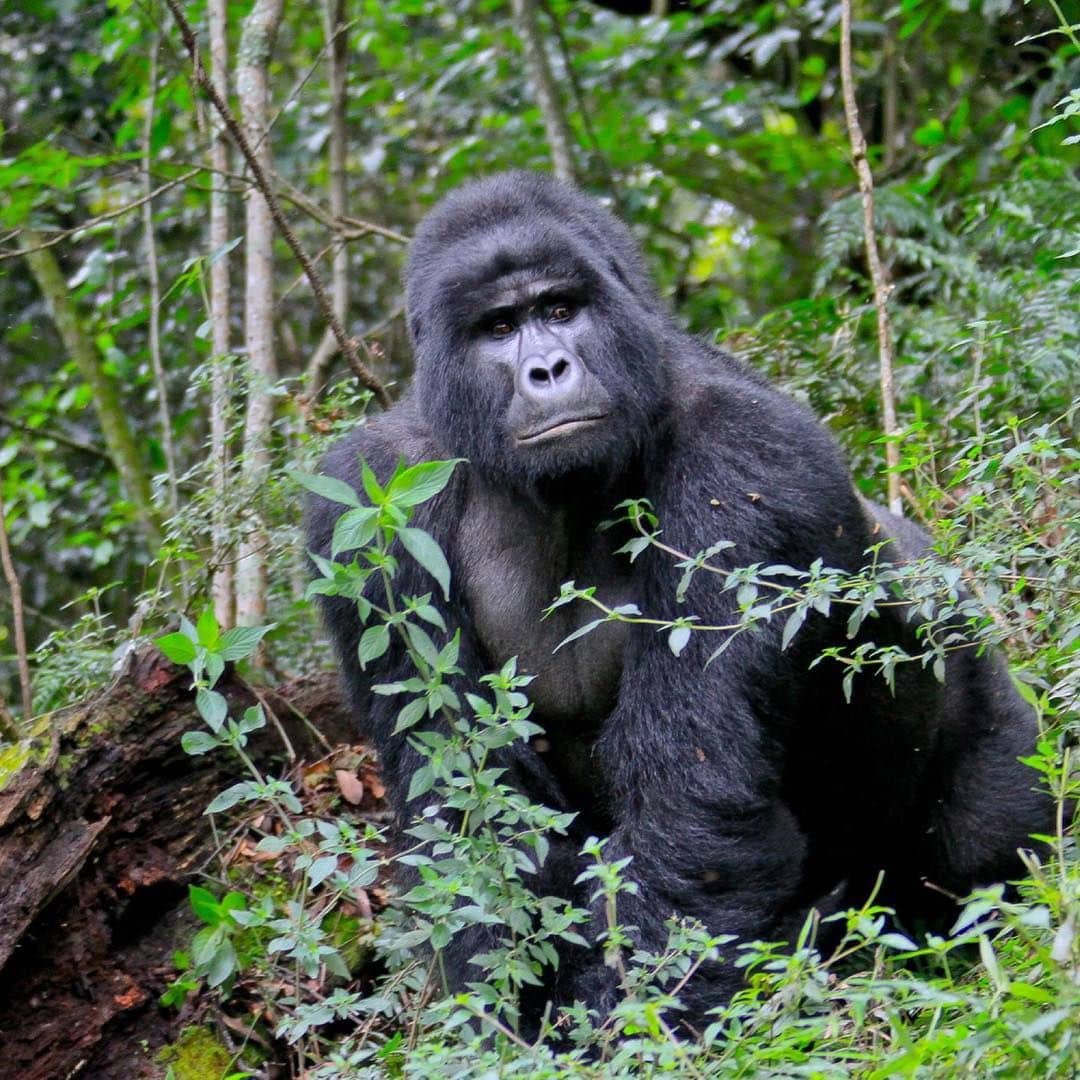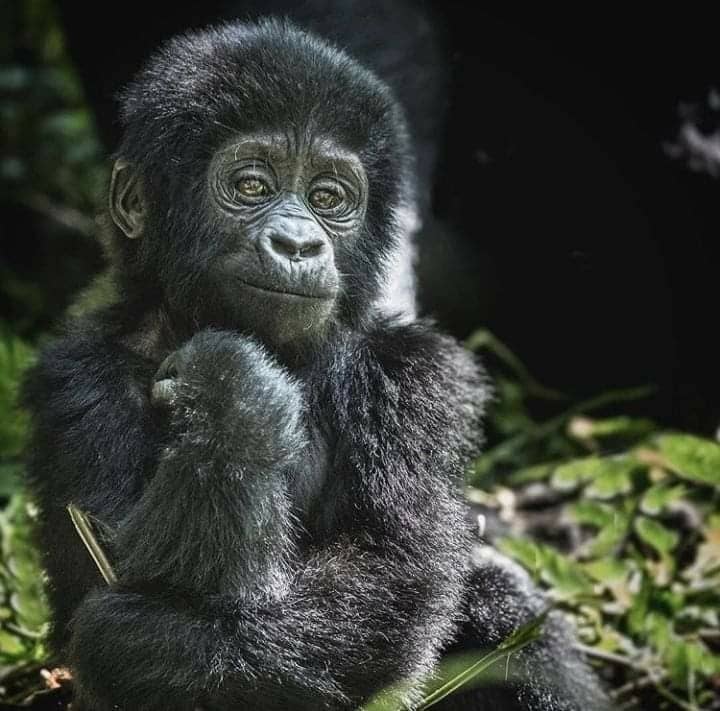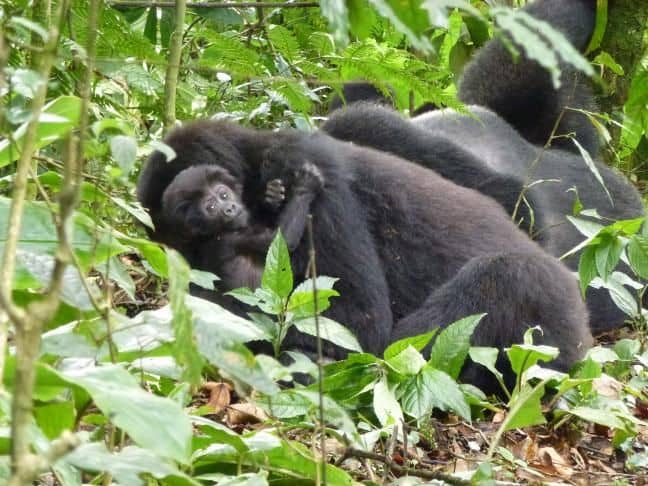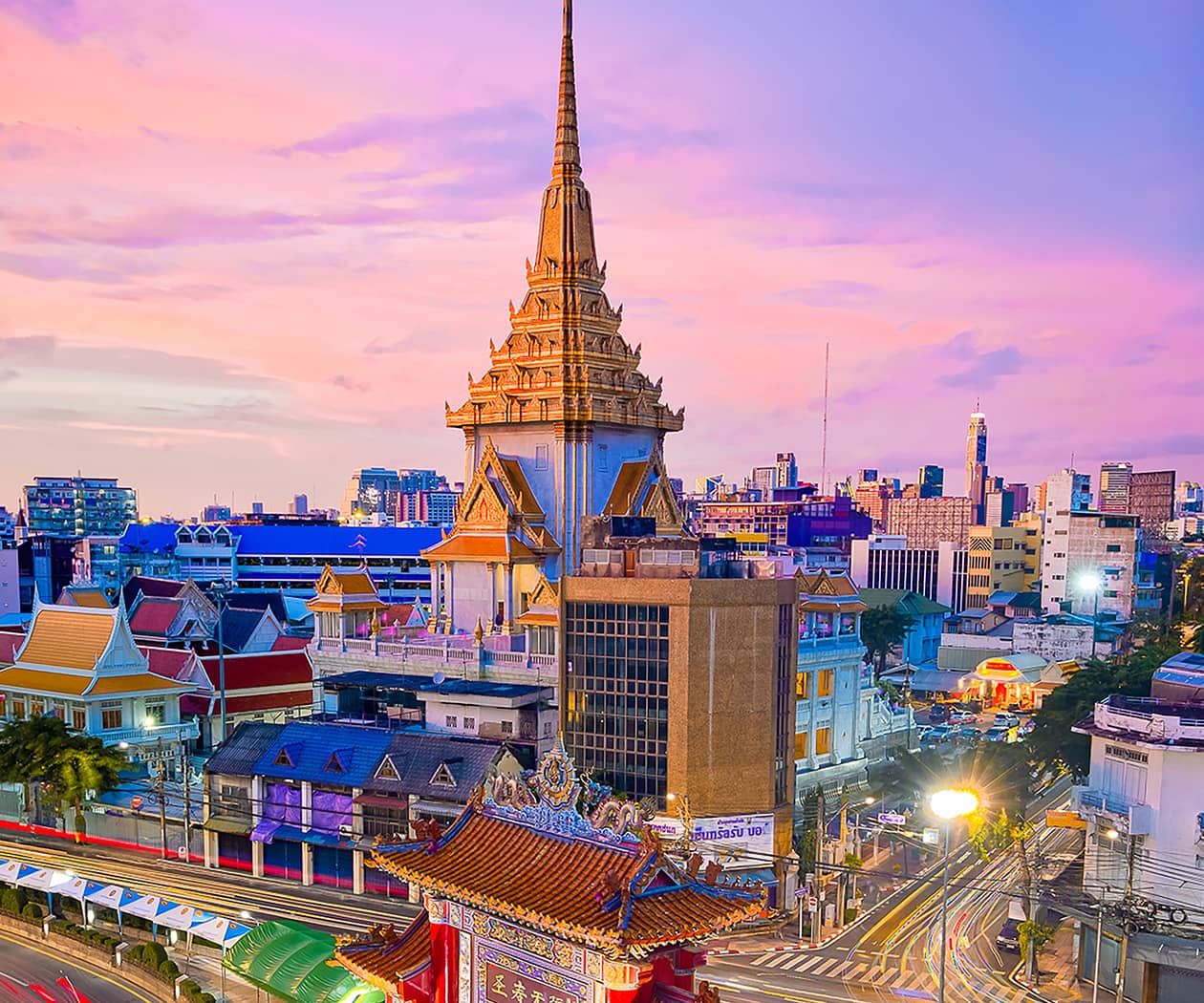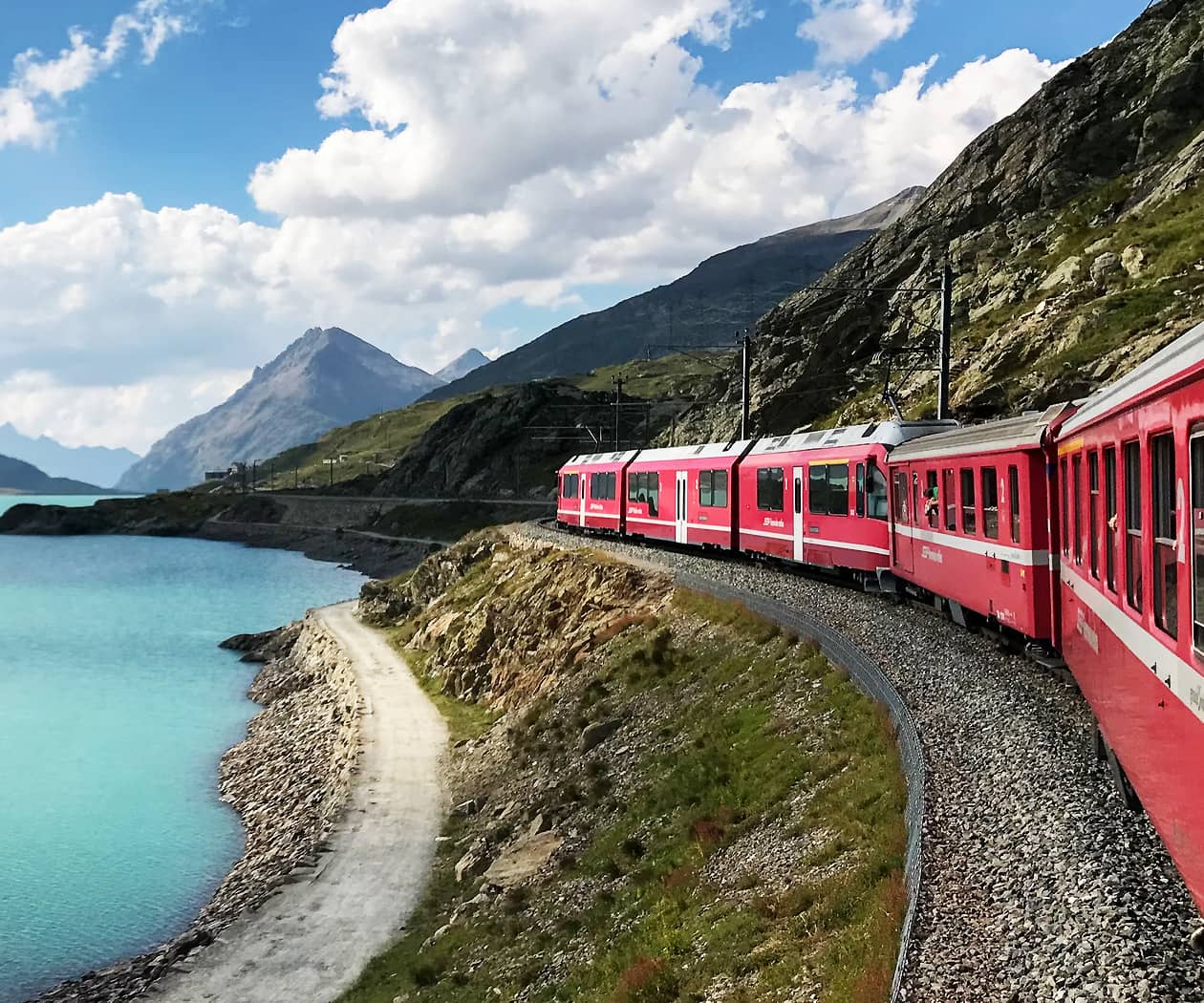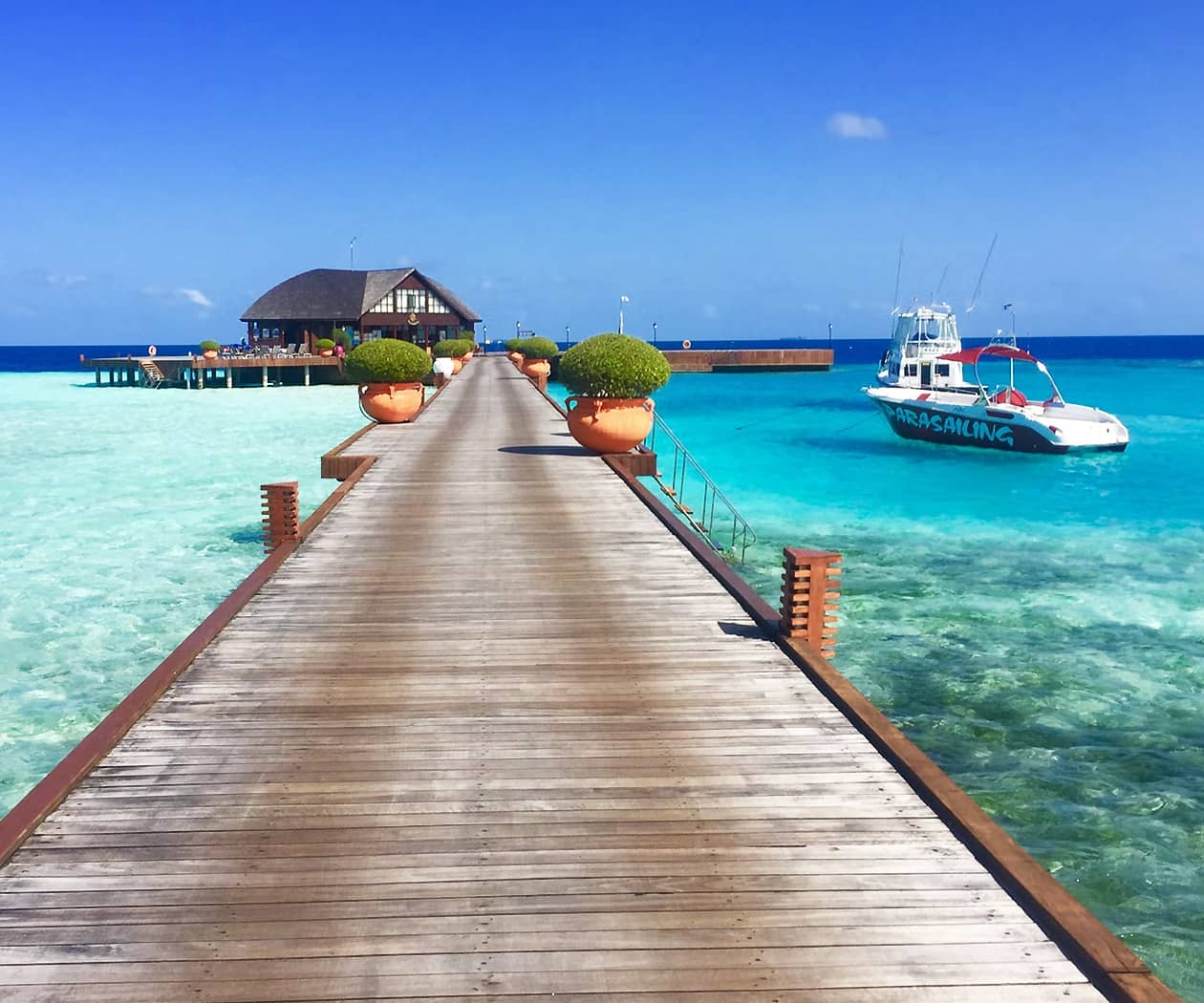best time for Serengeti safari
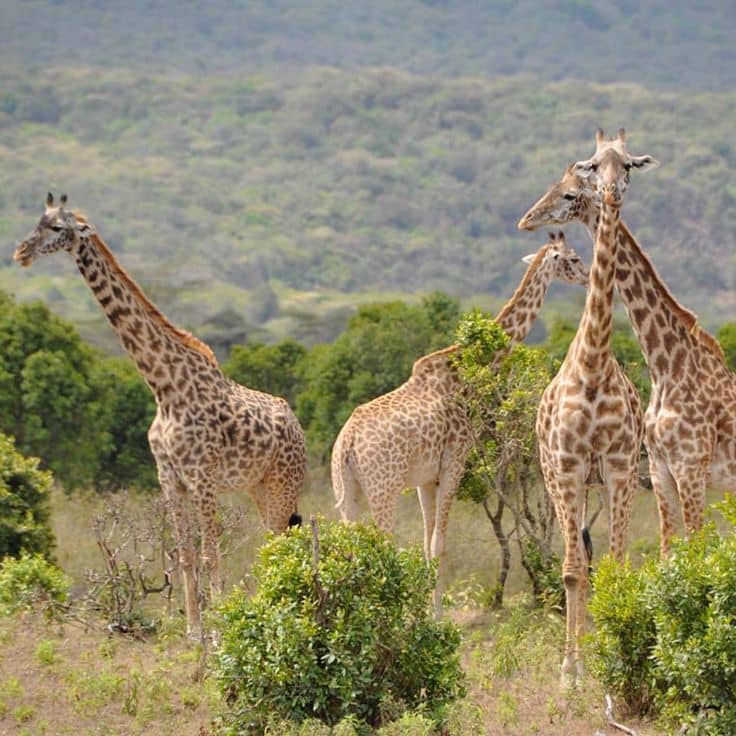
For travelers exploring Uganda’s incredible biodiversity, the allure of extending your adventure to witness the Great Migration in Tanzania is irresistible. Understanding the best time for Serengeti safari is crucial for transforming a good trip into an extraordinary experience. While Uganda offers year-round gorilla trekking and wildlife viewing, Tanzania’s Serengeti National Park operates on a dramatic seasonal rhythm that dictates wildlife movements and safari experiences. This comprehensive guide will help you determine the best time for Serengeti safari based on your interests, ensuring your East African journey delivers exactly the wildlife spectacles you’re dreaming of.
Understanding Serengeti’s Seasonal Magic
The Serengeti isn’t a single-season destination, it’s a year-round theater of wildlife drama where each month offers different highlights. The best time for Serengeti safari truly depends on what specific experiences you hope to witness. The park’s enormous size (nearly 15,000 square kilometers) means that while one area might be dry and crowded with animals, another region might be green and quiet. This seasonal variation is what makes understanding the best time for Serengeti safari so important for planning your perfect trip.
Unlike Uganda’s relatively consistent primate viewing conditions, the Serengeti’s wildlife experiences change dramatically throughout the year. The park’s entire ecosystem revolves around rainfall patterns that dictate the movement of approximately 1.5 million wildebeest, hundreds of thousands of zebras, and countless other animals in a continuous search for fresh grazing and water. This ancient migration cycle creates different peak viewing opportunities in different regions during specific months.
Monthly Breakdown: Finding Your Perfect Safari Time
January to March: Calving Season in Southern Serengeti
This period represents one of the most rewarding times to visit for wildlife enthusiasts. The southern Serengeti plains and Ndutu area become a giant nursery as hundreds of thousands of wildebeest give birth within a concentrated period. While this is technically the green season, it offers incredible predator action as big cats take advantage of vulnerable newborns. This is arguably the best time for Serengeti safari for photographers seeking dramatic predator-prey interactions and the circle-of-life spectacle.
April to May: Long Rains and Migration Movement
These are the wettest months when many camps close and roads become challenging. However, this can be a secret best time for Serengeti safari for budget-conscious travelers who don’t mind afternoon showers. The landscape turns incredibly green, tourist numbers drop significantly, and rates are at their lowest. The migration is typically moving from the south toward the western corridor during this period.
June to July: The Grumeti River Crossings
As the dry season begins, the migration reaches the western corridor and the Grumeti River. This marks the beginning of the famous river crossing season, though these crossings are generally less dramatic than those in the Mara River later in the year. This period offers excellent general game viewing throughout the Serengeti and comfortable weather conditions.
August to October: Peak Dry Season and Mara River Crossings
This is the most famous period and considered by many as the absolute best time for Serengeti safari. The migration reaches the northern Serengeti and the treacherous Mara River, where dramatic crossings occur as animals brave crocodile-infested waters. The dry conditions mean animals congregate around remaining water sources, making wildlife easier to spot. Skies are clear, and photography conditions are ideal, though this is also the busiest and most expensive season.
November to December: Short Rains and Transition Period
The rains return, scattering animals across the rejuvenated landscape as the migration begins its journey back south. This shoulder season offers a good balance of reasonable rates, fewer visitors, and productive game viewing. The young animals born earlier in the year are now more robust and active, adding to the viewing pleasure.
Combining Uganda with the Serengeti: Practical Considerations
For travelers based in Uganda, adding a Serengeti safari requires careful timing consideration. Uganda’s gorilla trekking is fantastic year-round, though the dry seasons (June-August and December-February) offer easier hiking conditions. The best time for Serengeti safari that aligns well with Uganda’s optimal trekking conditions would be:
-
January-February: Excellent for calving season in Serengeti and good trekking conditions in Uganda
-
June-October: Perfect for wildebeest river crossings and good trekking conditions in Uganda
The journey from Uganda’s prime gorilla trekking regions (Bwindi or Mgahinga) to the Serengeti is most efficiently done by flying from Kisoro or Entebbe to the Serengeti’s various airstrips. Overland options exist but require more time for border crossings and long drives.
What to Expect During Different Seasons
Peak Season (June-October)
-
Advantages: Best wildlife viewing, dramatic river crossings, clear skies, prime photography conditions
-
Disadvantages: Highest rates, more visitors, requires earlier booking
Shoulder Season (January-March)
-
Advantages: Calving season action, lower rates than peak season, good weather
-
Disadvantages: Some rain possible, migration limited to southern areas
Green Season (April-May, November)
-
Advantages: Lowest rates, lush landscapes, few tourists, birding excellent
-
Disadvantages: Some camps closed, rain may affect activities, animals more dispersed
Safari Planning Tips from Uganda
-
Book Early: Especially for peak season, secure gorilla permits and Serengeti accommodations 6-12 months in advance
-
Consider Combined Operators: Use tour companies experienced with Uganda-Tanzania itineraries to handle logistics seamlessly
-
Pack for Both Climates: Uganda’s highlands are cooler than the Serengeti plains—bring layers
-
Budget Accordingly: Serengeti peak season rates are significantly higher than Uganda’s park fees
-
Health Preparations: Ensure you have yellow fever vaccination and malaria prophylaxis for both countries
Beyond the Migration: Year-Round Serengeti Wonders
While the migration garners most attention, the Serengeti offers spectacular wildlife viewing year-round. The park’s resident populations of lions, leopards, cheetahs, elephants, and countless other species ensure incredible sightings regardless of when you visit. The best time for Serengeti safari might actually be during shoulder seasons when you can enjoy excellent game viewing with fewer vehicles and better rates.
Conclusion: Creating Your Perfect East African Timeline
Determining the best time for Serengeti safari ultimately depends on your personal preferences, budget, and what specific wildlife experiences you prioritize. For travelers extending their Ugandan adventure, the January-March period offers the perfect combination of calving season action and good trekking conditions, while June-October delivers the classic migration drama alongside optimal gorilla trekking.
Remember that there’s no truly bad time to experience the Serengeti, each season offers unique rewards. By aligning your Serengeti visit with the seasonal highlights that most appeal to you, you’ll create an East African adventure that exceeds all expectations, combining Uganda’s intimate primate encounters with Tanzania’s epic wildlife spectacles for the journey of a lifetime.

